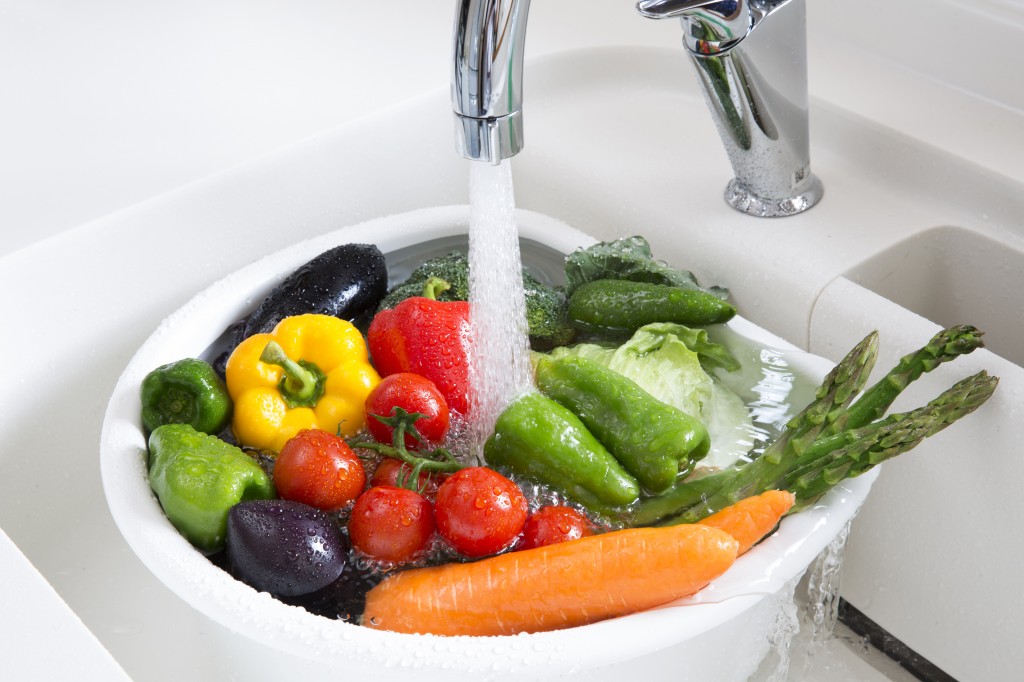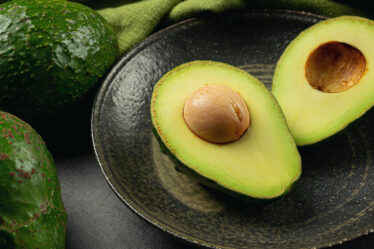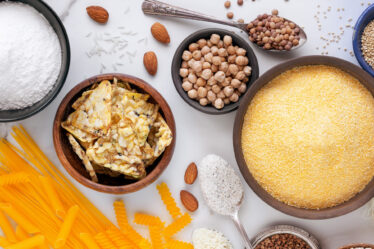
Washing fruits and vegetables is an essential step in food preparation to remove dirt, bacteria, pesticides, and other contaminants that may be present on the surface. Properly washing produce helps reduce the risk of foodborne illness and ensures that fruits and vegetables are safe to eat. In this complete guide, we’ll cover various methods for washing fruits and vegetables effectively to maintain food safety and promote overall health.
Wash Your Hands
Before handling any fruits or vegetables, wash your hands thoroughly with soap and water for at least 20 seconds. This helps prevent the transfer of bacteria and contaminants from your hands to the produce.
Rinse Under Running Water
The most straightforward method for washing fruits and vegetables is to rinse them under cool, running water. Hold the produce under the faucet and gently rub the surface with your fingers or a clean brush to remove any dirt or debris.
Use a Vegetable Brush
For fruits and vegetables with thick or rough skins, such as potatoes, carrots, or cucumbers, use a vegetable brush to scrub the surface thoroughly under running water. Pay particular attention to crevices and areas where dirt may be trapped.
Soak in Vinegar Solution
To remove pesticides and surface contaminants effectively, soak fruits and vegetables in a solution of water and vinegar. Mix one part white vinegar with three parts water in a large bowl or basin. Submerge the produce in the solution and let it soak for 5-10 minutes, then rinse thoroughly under running water.
Use a Produce Wash
Commercial produce washes are available in stores and are specifically formulated to remove pesticides, wax, and other residues from fruits and vegetables. Follow the instructions on the product label for dilution ratios and soaking times, then rinse the produce thoroughly after washing.
Peel When Necessary
For fruits and vegetables with thick or inedible skins, such as bananas, oranges, or melons, simply peel away the skin before consuming to reduce the risk of contamination. Wash your hands before and after peeling to prevent cross-contamination.
Dry Thoroughly
After washing, pat fruits and vegetables dry with a clean paper towel or kitchen towel. Drying produce helps remove excess moisture, which can promote bacterial growth, and improves texture and shelf life.
Store Properly
Once washed and dried, store fruits and vegetables in clean containers or bags in the refrigerator to maintain freshness and prevent contamination. Keep raw produce separate from raw meats, poultry, and seafood to avoid cross-contamination.
Wash Before Cutting
It’s essential to wash fruits and vegetables even if you plan to peel or cut them before eating. Cutting through the skin can transfer bacteria and contaminants from the surface to the edible portions, so always wash produce before preparing or consuming.
Buy Organic When Possible
Choosing organic fruits and vegetables can reduce exposure to pesticides and chemical residues. While organic produce may still require washing, it typically has lower levels of pesticide residues compared to conventionally grown counterparts.
Conclusion
Washing fruits and vegetables is a simple yet crucial step in food safety and hygiene. By following these methods and guidelines, you can effectively remove dirt, bacteria, pesticides, and other contaminants from produce, reducing the risk of foodborne illness and promoting overall health. Incorporate proper washing techniques into your food preparation routine to ensure that fruits and vegetables are safe and enjoyable to eat for you and your family.
- Chewy Delights: A Vegan’s Review of Just CBD’s CBD Vegan Gummies! - April 3, 2024
- How to Wash Fruits and Vegetables: A Complete Guide - March 18, 2024
- Avocado a Fruit or a Vegetable - March 18, 2024


